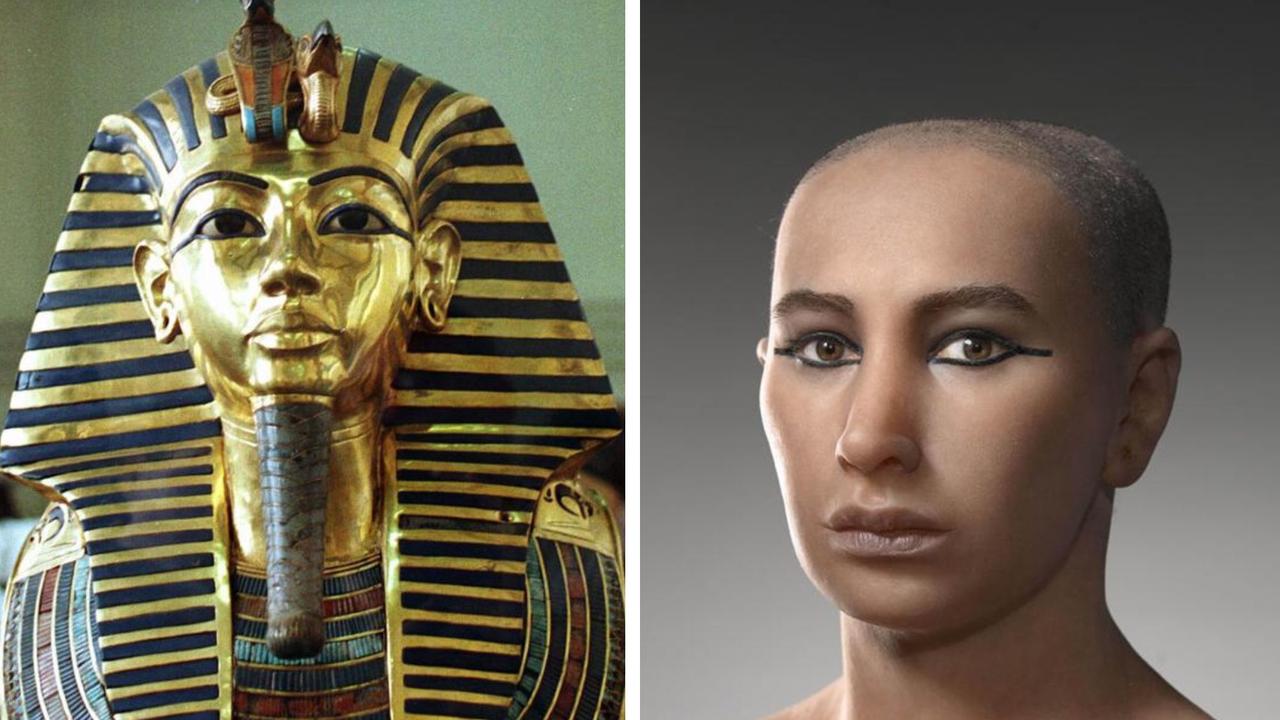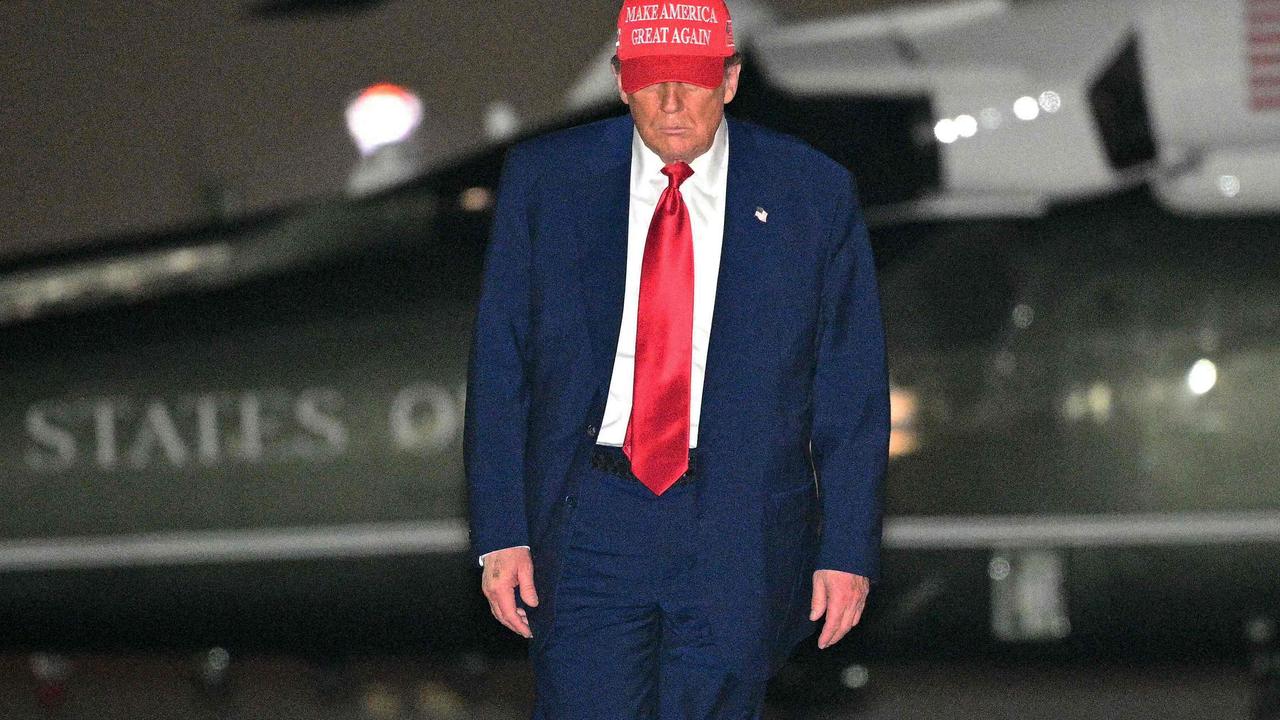Sudan civil war: Why country is on the brink of chaos
Violent clashes in Sudan over the weekend has seen at least 56 killed and more than 600 injured. Here’s what started the intense fighting.
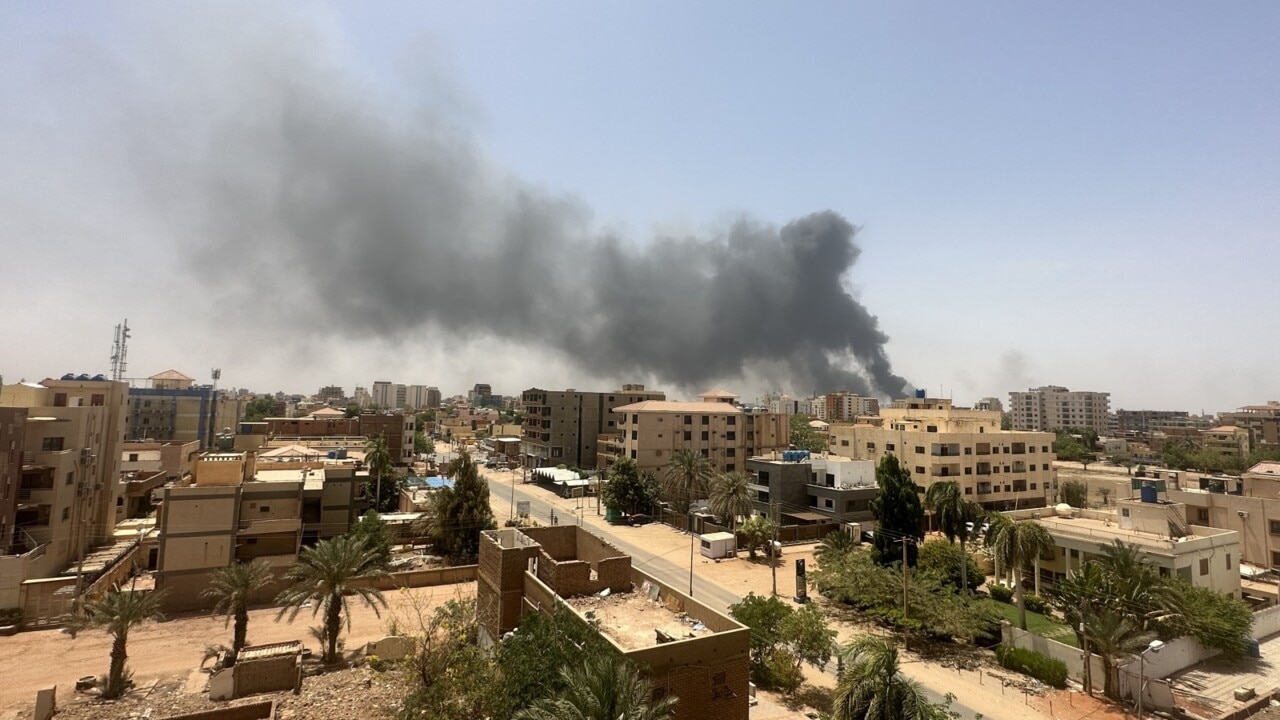
As intense fighting continued through the night in Sudan, a medical organisation has reported at least 56 people were killed in less than 24 hours of fighting during the weekend clashes, with 600 others injured.
Videos of explosions and fighting were posted to social media sites, after paramilitary fighters clashed with army soldiers in the capital Khartoum, as well as other places around the North African country.
The Central Committee of Sudan Doctors, who gave numbers of the dead and injured, said many casualties could not be transferred to hospitals due to difficulties in moving during the clashes.
Overnight, explosions and shots rang out through densely populated areas of Khartoum.
On Sunday morning, the smell of gunpowder filtered through the streets, which were deserted except for soldiers as civilians stayed hidden inside their homes.
“We had a very difficult night, and we couldn’t sleep well because of the sound of the explosions and gunfire,” said Ahmed Seif, who lives in east Khartoum with his family of five.
But what has caused the violent clashes and what is behind the power struggle over the Red Sea country’s leadership?
Mapigano yanaendelea Sudan. pic.twitter.com/PVgNjlYL6F
— Ciao Da Vinci💎 (@siadevinci) April 16, 2023
#Sudan🇵🇸 made the biggest mistake of overthrowing Omar El-Bashir, today they regret and weep when cruel and greedy military officials battle for power. Shame adil #SSOTpic.twitter.com/oXPRJ6ziIR
— Bonke Adam Clementine (@saintbonke) April 16, 2023
What did this stem from?
Bordering Egypt to the north and with a coast along the Red Sea, Sudan has been beset by political upheavals ever since it declared independence in 1956.
But it was the removal of the long-serving president Omar al-Bashir in 2019 which eventually resulted in the current power struggle.
He led the country for almost three decades, but mass protests in 2019 saw the people call for him to resign.
As a result, a military coup saw him removed from office.
But a joint military-civilian government which was established at that time, was overthrown in another coup two years later.
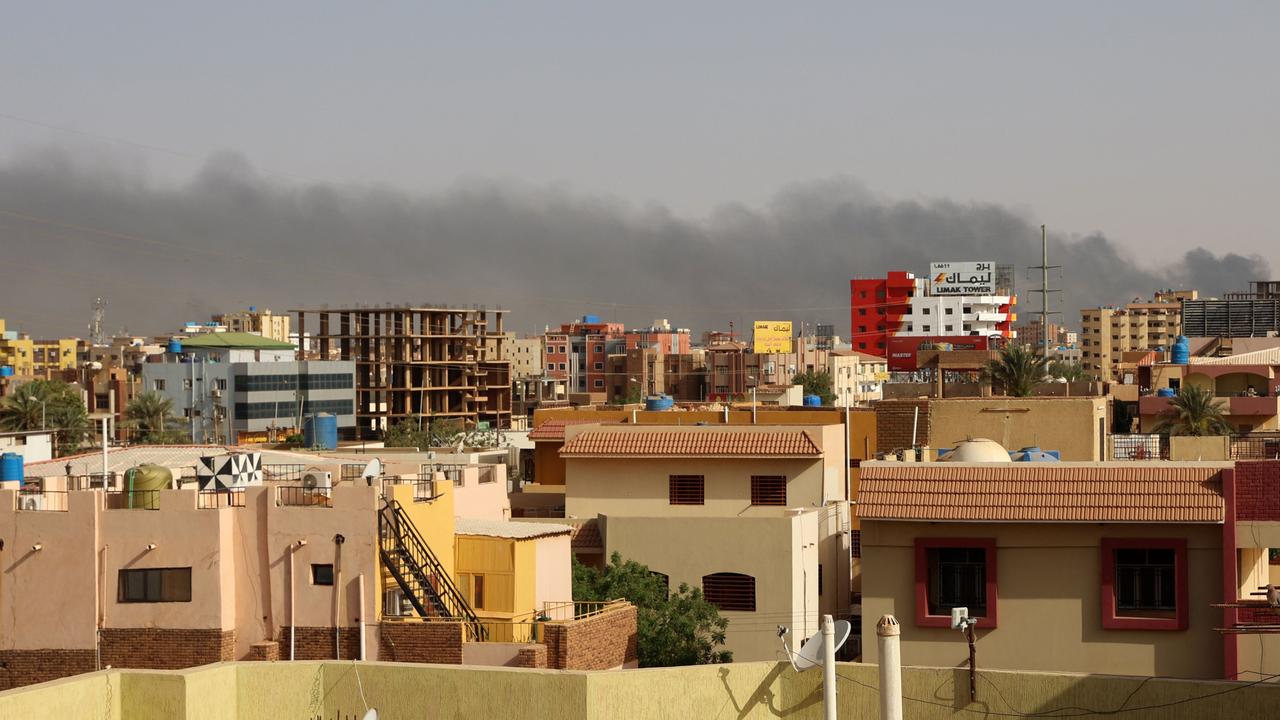
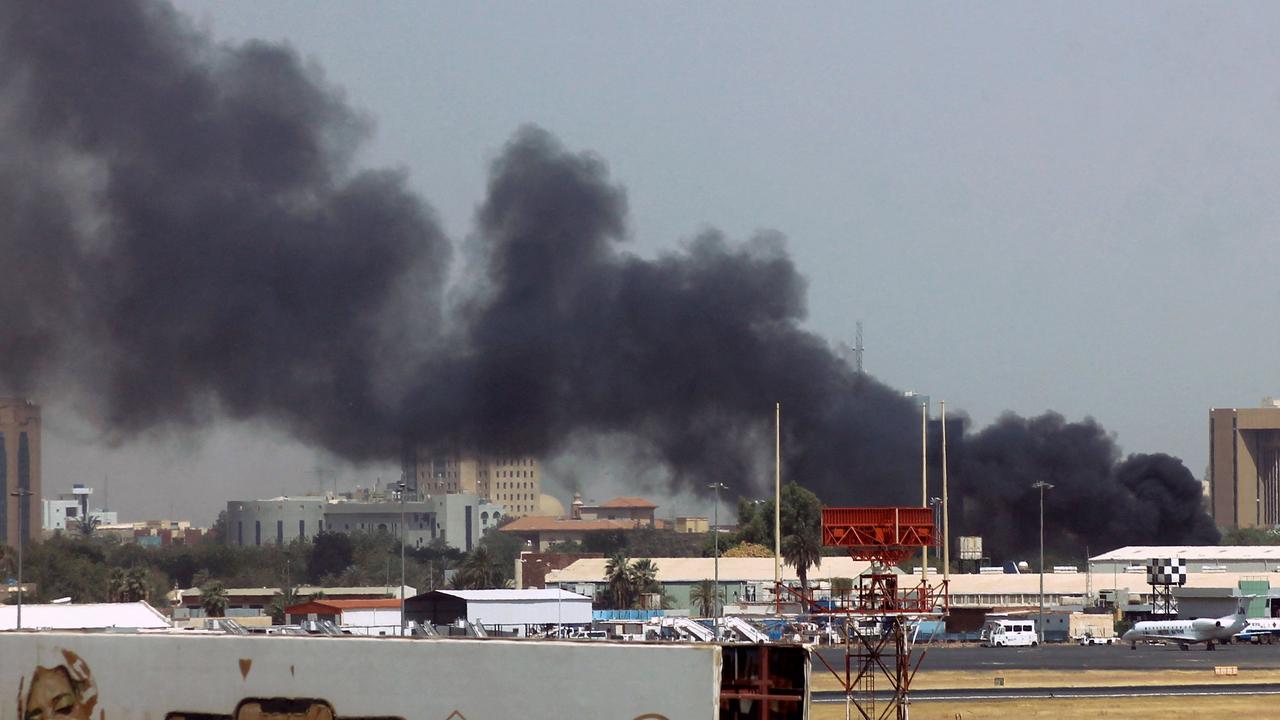
Who is in charge now?
An uprising on October 25, 2021, led by General Abdel Fattah al-Burham, saw the civilian government captured.
Since then, the country has been run by a council of generals.
And it is two of them – General al-Burham and General Mohamed Hamdan Dagalo, better known as Hemedti – who are at the centre of the weekend’s fighting.
Al-Burham is the country’s president, in effect. He heads the armed forces.
Meanwhile, Hemedti is his deputy, and heads the Rapid Support Forces (RSF).
However, the population of 45 million still want civilian rule. A slogan that has been used by protesters has been “no negotiations, no compromise, no partnership” with the military.
But the two military groups seem to have little interest in a civilian government.
Saleh Mahmoud, from the Sudanese Communist Party, told People’s Dispatch: “Both the forces, the army and the RSF, have a mutual interest in escalating armed conflict, so that it can be used as a reason to not hand over power to the civilian forces.”
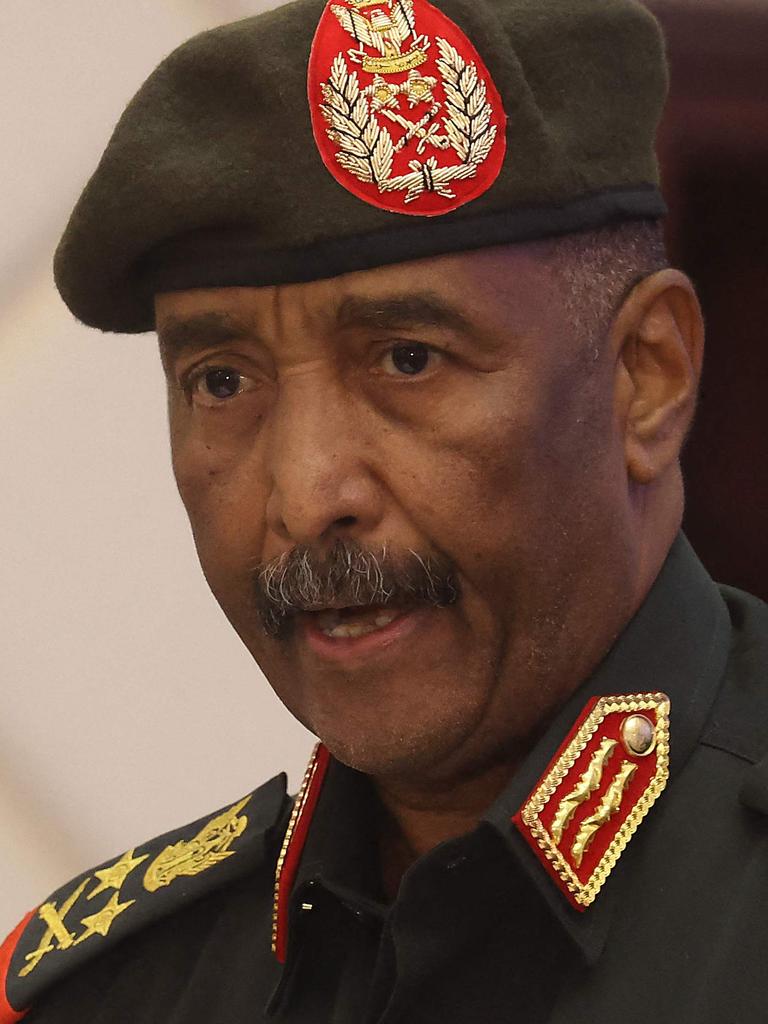
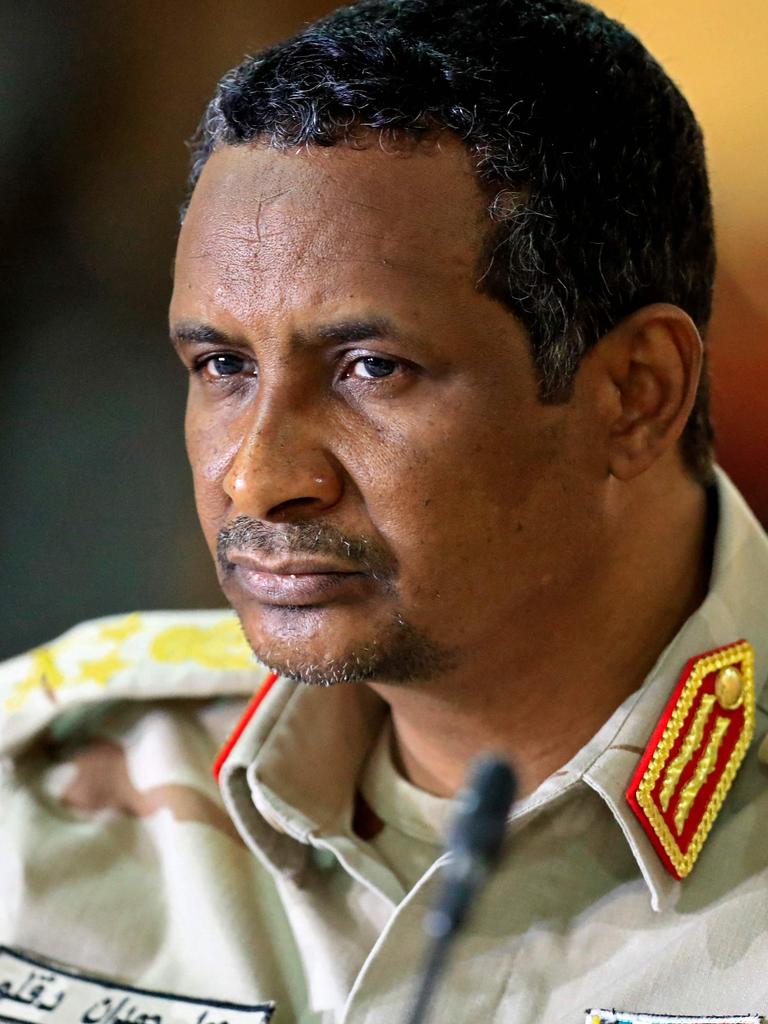
What is the RSF?
A paramilitary group, the RSF was first formed in 2013 and was initially used as a border force.
However it has its origins in a notorious militia – the Janjaweed – which was accused of a host of war crimes in Darfur, with human rights groups claiming the group was guilty of systematic rape, pillaging and burning of villages.
It was also accused of massacring more than 120 protesters in June 2019.
Sudan paramilitary says it has seized presidential palace#Russia#Ukraine#America#Bakhmut#TrumpIndictmenthttps://t.co/QUo3eDftxq
— Ukraine warn (@elwrshfany) April 16, 2023
Currently, the RSF is used to intervene in conflicts – such as with Yemen and Libya – as well as to control some of the country’s gold mines.
But as the RSF competes with the Sudanese Army, the two military bodies have become a source for instability within the country.
What led to the weekend’s fighting?
The RSF was redeployed around the country, and the move was seen as a threat by the army. Days of tension then erupted into violence, with no signs of it easing despite calls for a ceasefire.
Civilian government figures are now desperately trying to talk down both military outfits, BBC reports, before the chaos descends into civil war.





